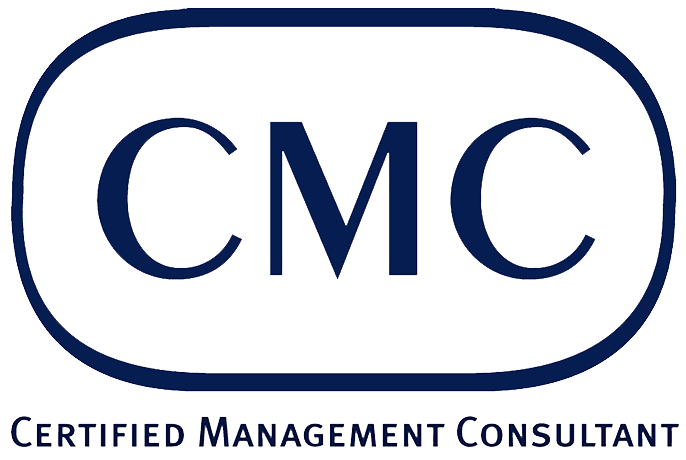
There is no shortage of written work on both management and leadership, yet rarely in the literature are the two considered one and the same. Leaders are often depicted as charismatic individuals who inspire and motivate through a grand vision. Conversely, managers are often depicted as people who implement objectives and ensure things go smoothly from an operational standpoint. The truth is that while leaders are revered, people don’t often aspire to become managers.
Most organizations have a wide range of “management” roles, yet there are typically no formally defined “leadership” roles. Have you ever heard of a Chief Leadership Office (CLO)? Didn’t think so. In the structural sense, they simply do not exist on a company’s org chart. Yet in literature, academics, even conversation, organizational leaders are often referred to as “magical beings” who create synergy in the organizations they lead. Managers, on the other hand, are seen as people who fill out reports and do busywork. This is backwards, and the wrong way of thinking about the role of both managers and leaders in the organization.
Is There a Difference Between Leaders and Managers?
Henry Mintzberg, well respected in managerial systems, is one of few leadership scholars to put forth the idea that there is no discernible difference between managers and leaders. I agree with his fundamental point: every effective manager in an organization should know how to lead. As a front-line manager, for instance, effective leadership ensures your employees accept direction and consider themselves part of a team that can collaborate to get work done. Managers who lead create team members who are motivated and open to feedback, coaching, and training.
Organizations Need Managers With Leadership Skills
So are leaders and managers one in the same? A CEO is depicted primarily as leader of the organization and this is the concept of leadership that is most commonly understood. The CEO leads his or her executive management team as well as the entire organization, and usually also has some leadership role in society more broadly. The CEO needs to fill all of these leadership functions, and also needs to manage. In effective organizations, there should be no distinction between management and leadership;true success requires both roles being carried out in tandem by all those who are accountable for managing others.
Certainly the concept of leadership is important. Leaders are identified all the time in the world around us. However, within organizations, the term most commonly used to identify people that lead is “manager.” At every level, in every organization, in every industry, the manager roles require varying degrees of leadership traits. These need to be identified, and taken into account in the recruitment process to lay the groundwork for effective management.
– See more at: http://effectivemanagers.com/dwight-mihalicz/leader-not-actually-a-position-on-your-org-chart/#sthash.4ZNruhgQ.dpuf
